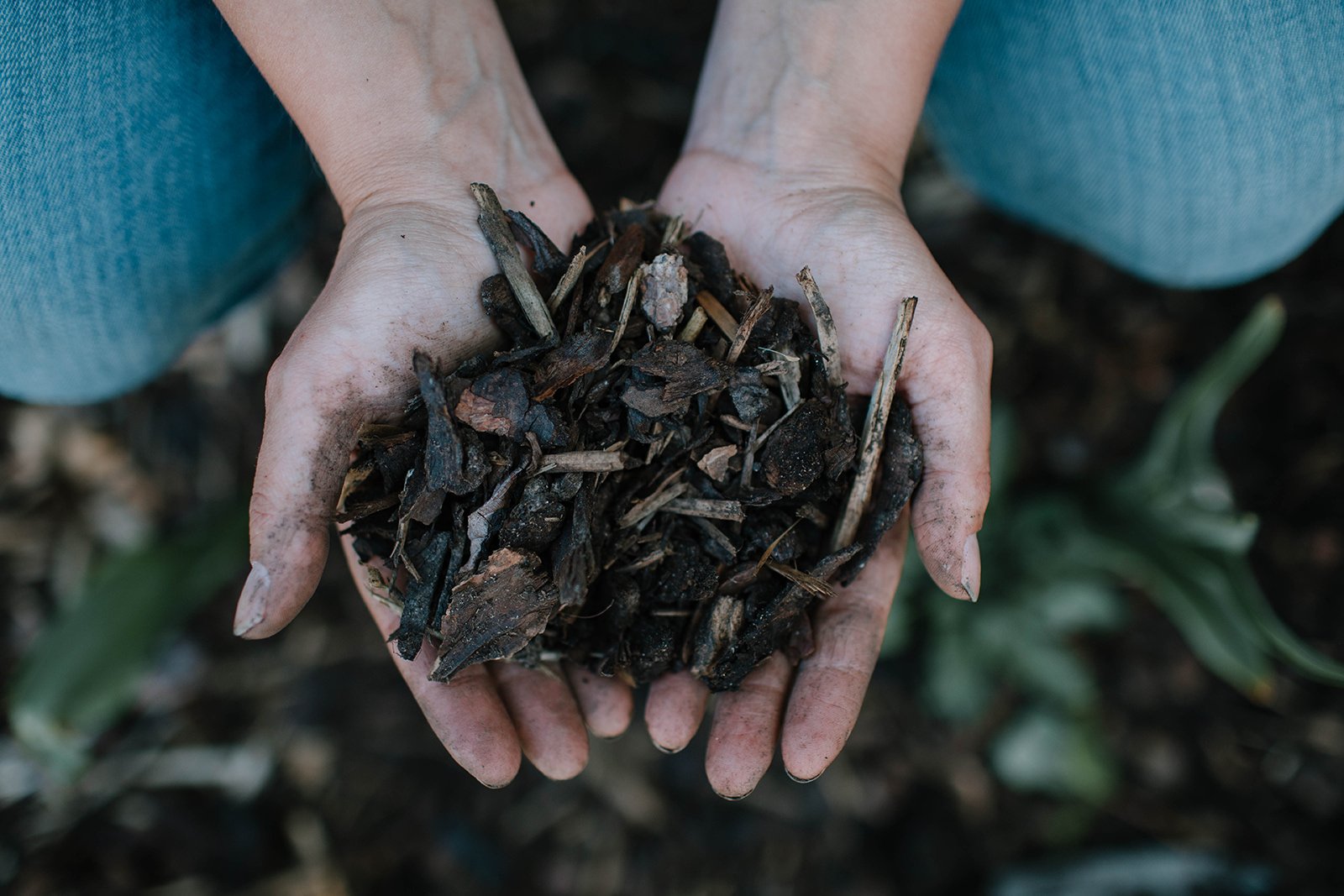Plant guide: wild strawberries
The tiny wild strawberry is a smaller, much more low maintenance version of the standard strawberry. Creating an attractive, low-growing mound of foliage with its toothed mid-green leaves, it produces white flowers in Spring, which grow into tiny white fruits, reddening as they ripen in the Summer months.
Botanical name: Fragaria vesca
Plant type: Semi-evergreen perennial
Growing conditions: Wild strawberries fruit best in a part shaded spot. They grow naturally in the wild in woodlands, and appreciate conditions similar to this in a garden, so are especially well suited to positions at the base of trees or under hedges.
They will grow happily in full shade, however, for the best crop of fruits, some sun is perfect.
They spread using underground stolons (runners) and will quickly form a mat that works well as groundcover.
Wild strawberries form a mat of ground cover under trees in our edible hedge
How to plant:
When establishing a new cover of wild strawberries, it’s best to position a few plants together, with some space in between – around 20cm is ideal – that should quickly fill with new plants grown from runners.
Lay out the plants first, then dig a hole the depth of the pot, and twice as wide. Position the plant in the ground, at the same height as ground level, and back fill the hole.
Wild strawberries can be grown from seed relatively easily, which is a cheap way of creating new plants. Sow indoors in spring. Seeds need at least 20C to germinate. Plant out after the last frost.
Grow with:
Perfect grown as ground cover under trees or shrubs. In our garden, we have a mass of wild strawberries growing under our edible hedge, where they form a mat underneath crab apples, apple trees, pears and plums.
Care:
Water well for the first few months after planting, while the roots are getting established. After that, plants should only need watering during the Summer months; check on them during any especially hot periods and water if needed.
Wild strawberries can spread using stolons – adapted stems that stretch out beyond the original plant and which can root and create a whole new plant. If they start to outgrow their allotted space, just remove any stolons that appear to prevent them spreading too far.
The plants are semi evergreen, so will retain their leaves in any mild Winters. Any leaves that start to look brown and tatty can be removed throughout the year, but especially in early Spring, just before the new growth appears. Simply cut back right to the ground.
A mulch in Autumn or early Spring helps to keep the ground moist for the following Summer months.
Harvesting:
The fruits are ready to harvest when they have fully turned from white to bright red. Pick them individually by gently pulling from the plant. The more you pick, the more strawberries the plant will produce! Wash before eating
Uses:
Fruits can be eaten fresh from the plant. Though they are much smaller than cultivated strawberries, they have a deeper flavour – packed into the tiny fruit. They don’t last longer than a day or two after being picked (which is why they’re not available to buy in shops, as they can’t be easily transported) so wash and eat as soon as you can.
As well as eating the berries fresh, they can be turned into jams and jellies – though you may need to pick a lot as the fruit is so small!
Wild strawberry flowers…
…turn into red fruits…
…much smaller than cultivated strawberries









